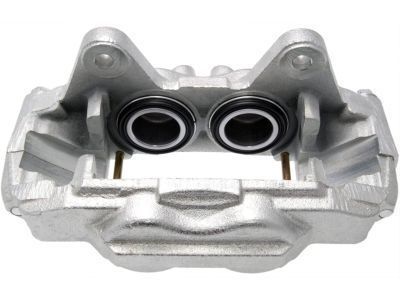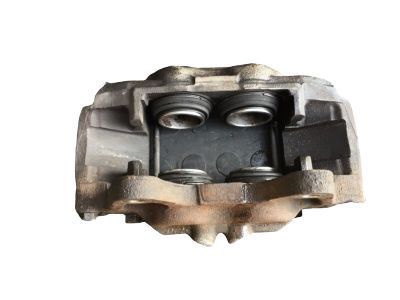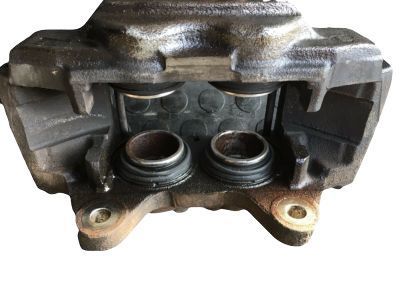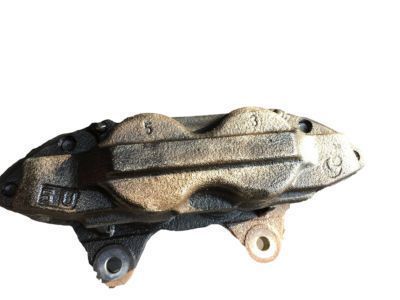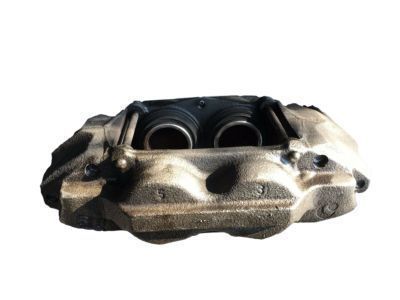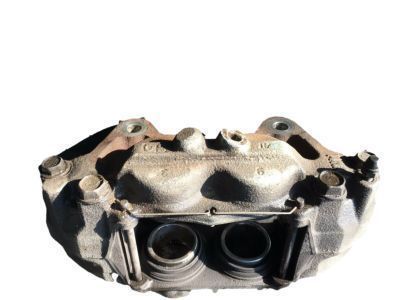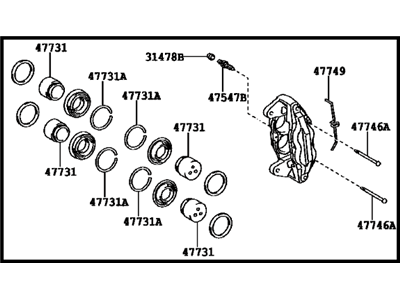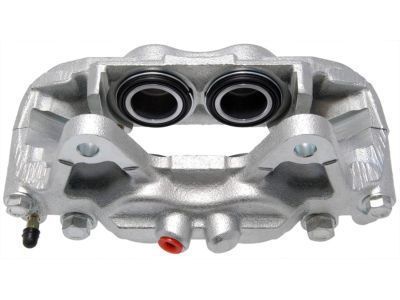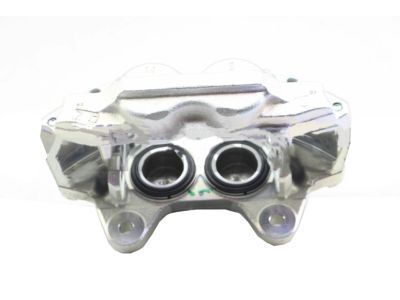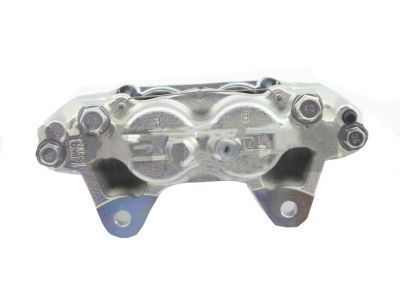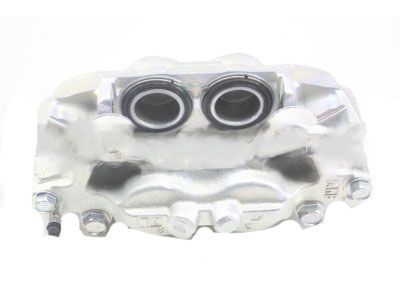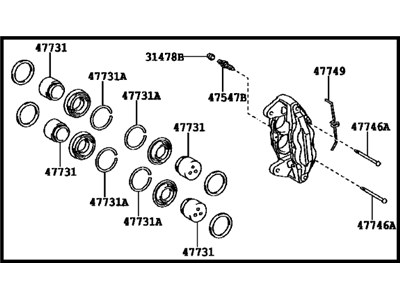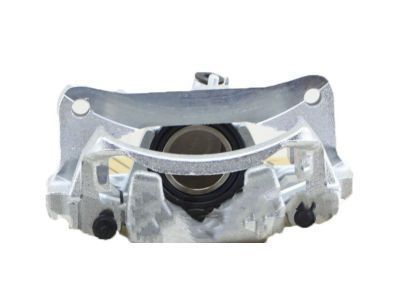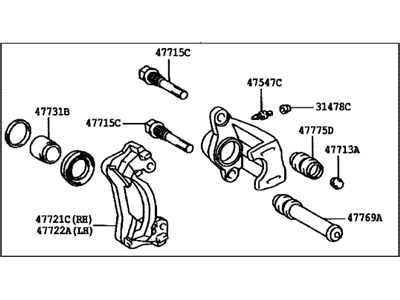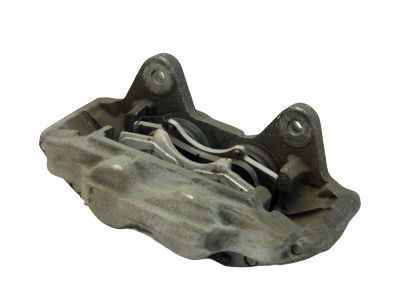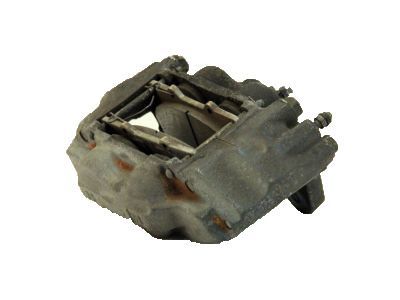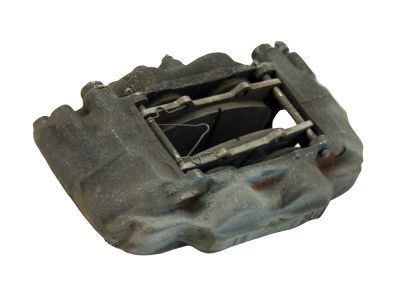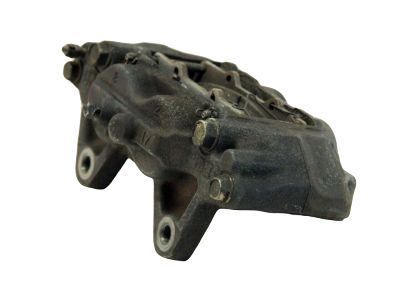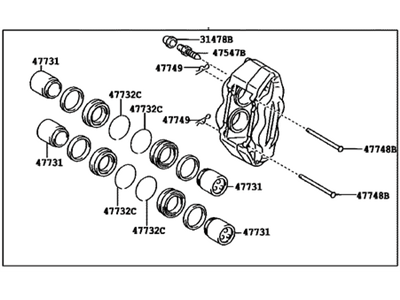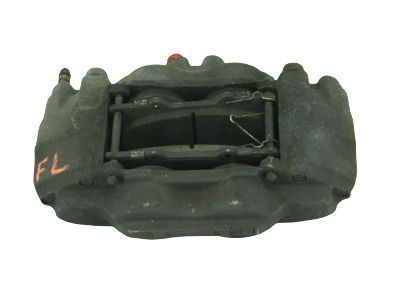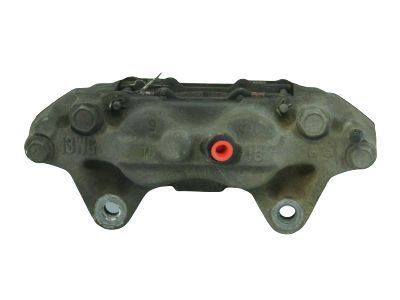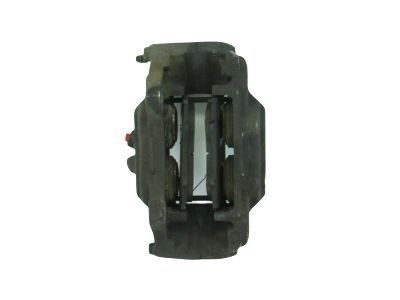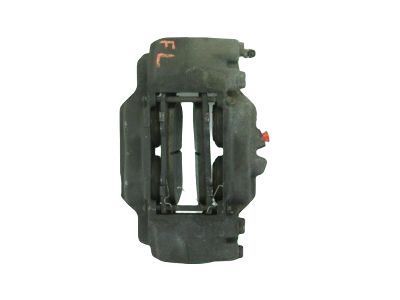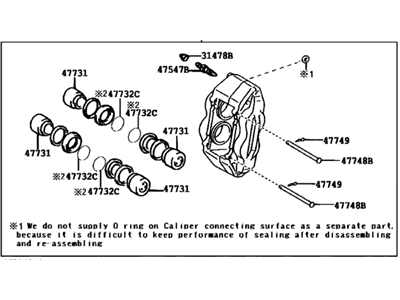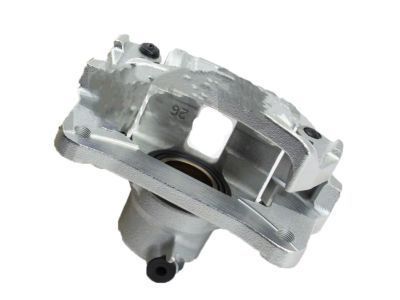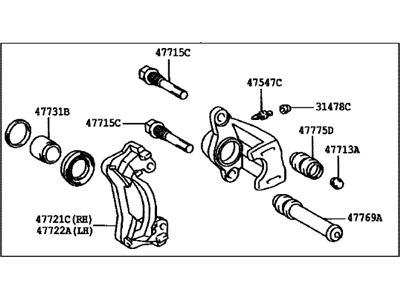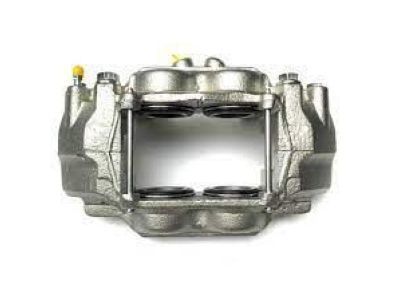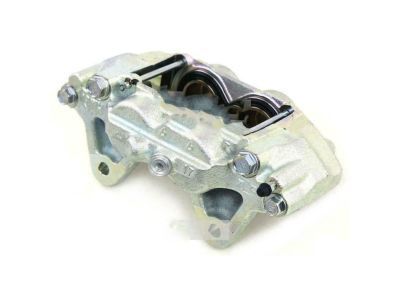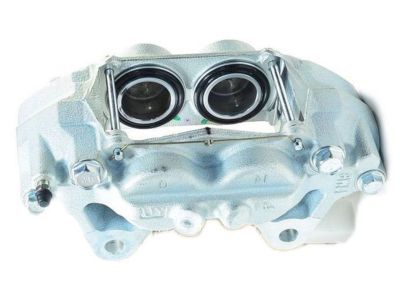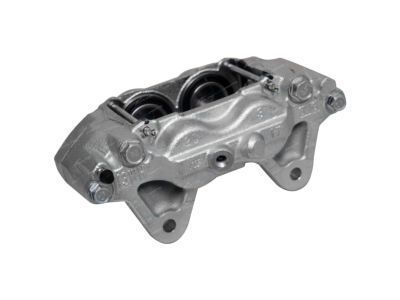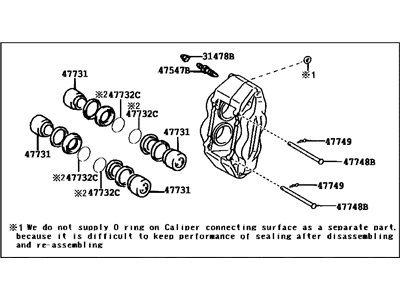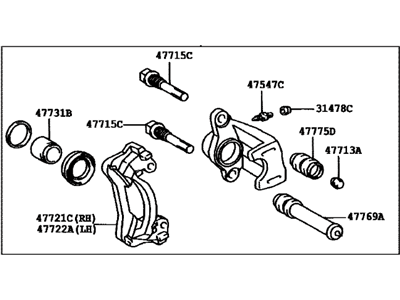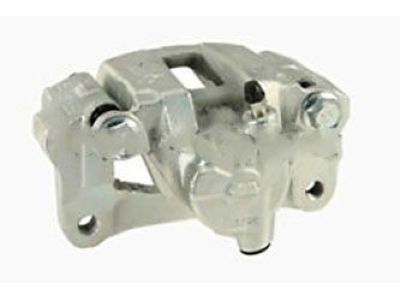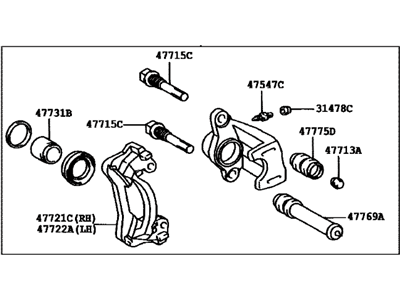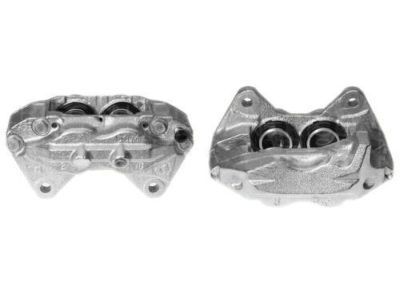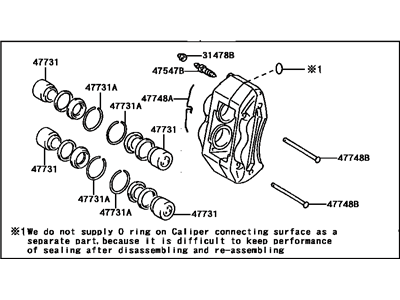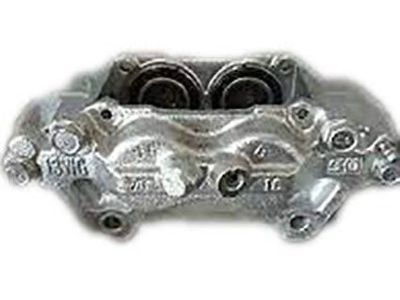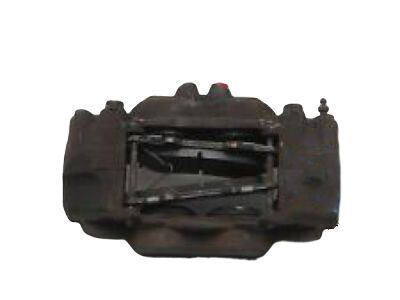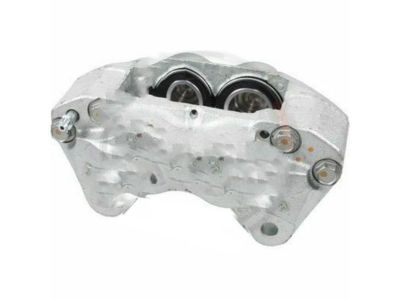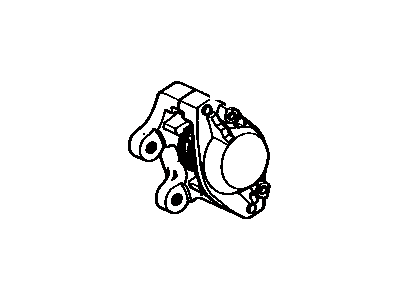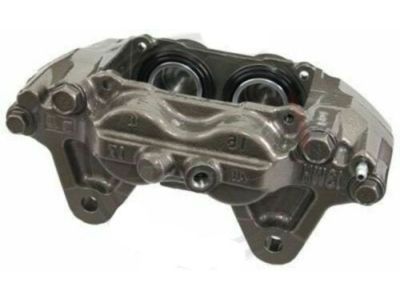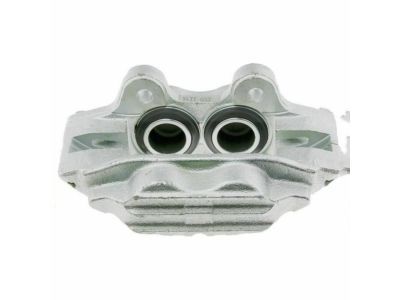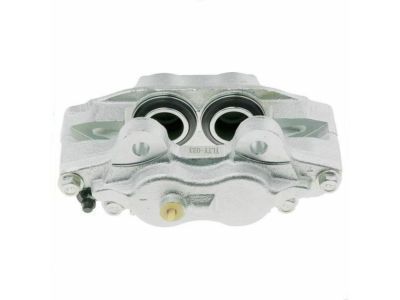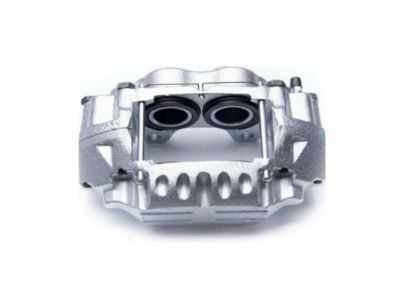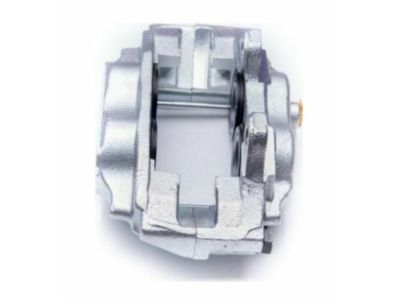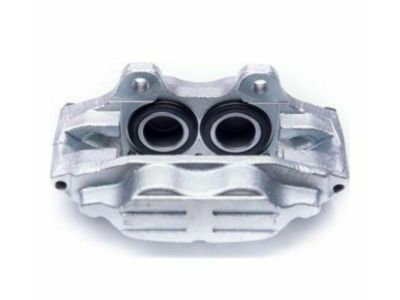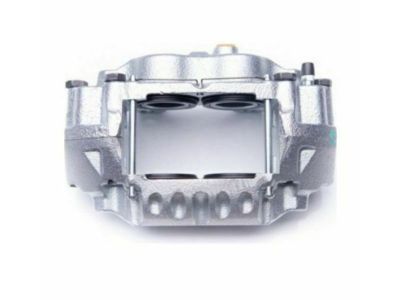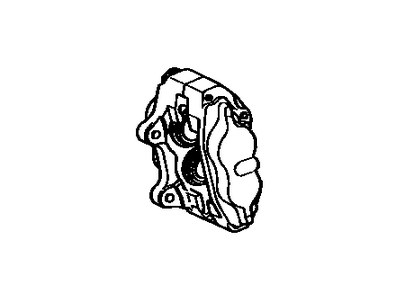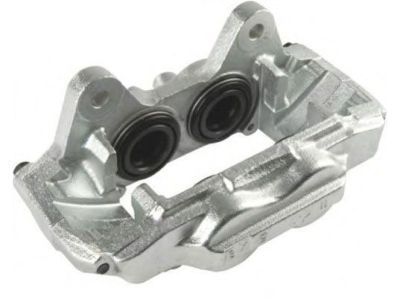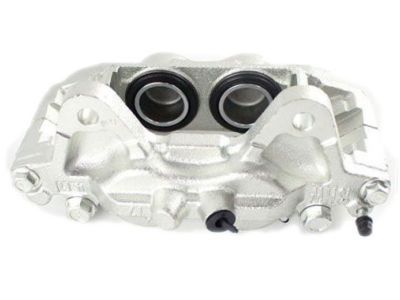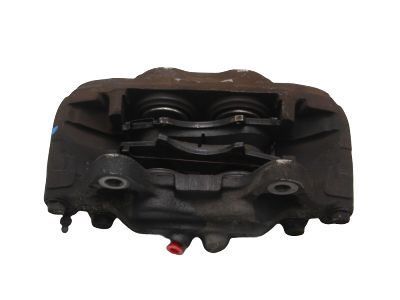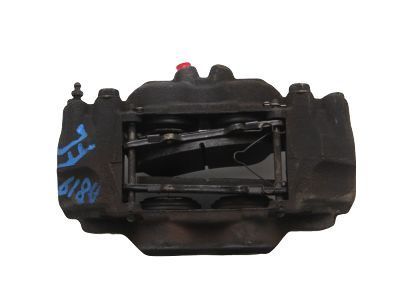

My Garage
My Account
Cart
Genuine Toyota 4Runner Brake Caliper
Caliper- Select Vehicle by Model
- Select Vehicle by VIN
Select Vehicle by Model
orMake
Model
Year
Select Vehicle by VIN
For the most accurate results, select vehicle by your VIN (Vehicle Identification Number).
48 Brake Calipers found
Toyota 4Runner Cylinder Assembly, Disc
Part Number: 47730-60300$174.90 MSRP: $248.65You Save: $73.75 (30%)Ships in 1-3 Business DaysToyota 4Runner Cylinder Assembly, Disc
Part Number: 47750-60300$180.02 MSRP: $258.14You Save: $78.12 (31%)Ships in 1-3 Business DaysToyota 4Runner Cylinder Assy, Disc Brake, Rear LH
Part Number: 47750-34030$171.73 MSRP: $244.15You Save: $72.42 (30%)Ships in 1-3 Business DaysToyota 4Runner Cylinder Assy, Front Disc Brake, RH
Part Number: 47730-35411$219.46 MSRP: $314.69You Save: $95.23 (31%)Ships in 1-2 Business DaysToyota 4Runner Cylinder Assy, Disc Brake, LH
Part Number: 47750-35411$219.46 MSRP: $314.69You Save: $95.23 (31%)Ships in 1-2 Business DaysToyota 4Runner Cylinder Assy, Rear Disc Brake, RH
Part Number: 47730-34030$163.44 MSRP: $232.36You Save: $68.92 (30%)Ships in 1-3 Business DaysToyota 4Runner Cylinder Assembly, Disc
Part Number: 47750-60350$142.96 MSRP: $203.25You Save: $60.29 (30%)Ships in 1-3 Business DaysToyota 4Runner Cylinder Assy, Disc Brake, LH
Part Number: 47750-60261$248.23 MSRP: $355.94You Save: $107.71 (31%)Ships in 1-3 Business DaysToyota 4Runner Cylinder Assembly, Disc
Part Number: 47730-60350$142.96 MSRP: $203.25You Save: $60.29 (30%)Ships in 1-3 Business DaysToyota 4Runner Cylinder Assy, Front Disc Brake, RH
Part Number: 47730-60261$254.84 MSRP: $365.43You Save: $110.59 (31%)Ships in 1-3 Business DaysToyota 4Runner Cylinder Assy, Disc Brake, Rear LH
Part Number: 47750-35170$191.39 MSRP: $274.44You Save: $83.05 (31%)Ships in 1-2 Business DaysToyota 4Runner Cylinder Assy, Rear Disc Brake, RH
Part Number: 47730-35170$191.39 MSRP: $274.44You Save: $83.05 (31%)Ships in 1-2 Business DaysToyota 4Runner Cylinder Assy, Front Disc Brake, RH
Part Number: 47730-35120$246.26 MSRP: $353.11You Save: $106.85 (31%)Ships in 1-3 Business DaysToyota 4Runner Cylinder Assy, Front Disc Brake, RH
Part Number: 47730-35160$219.46 MSRP: $314.69You Save: $95.23 (31%)Ships in 1-3 Business DaysToyota 4Runner Cylinder Assy, Disc Brake, LH
Part Number: 47750-35120$246.26 MSRP: $353.11You Save: $106.85 (31%)Ships in 1-3 Business DaysToyota 4Runner Cylinder Assy, Disc Brake, LH
Part Number: 47750-60130$248.23 MSRP: $355.94You Save: $107.71 (31%)Ships in 1-3 Business DaysToyota 4Runner Cylinder Assy, Disc Brake, LH
Part Number: 47750-35080$295.79 MSRP: $424.14You Save: $128.35 (31%)Ships in 1-3 Business DaysToyota 4Runner Cylinder Assy, Front Disc Brake, RH
Part Number: 47730-35080$295.79 MSRP: $424.14You Save: $128.35 (31%)Ships in 1-3 Business DaysToyota 4Runner Cylinder Assy, Front Disc Brake, RH
Part Number: 47730-60130$254.84 MSRP: $365.43You Save: $110.59 (31%)Ships in 1-3 Business DaysToyota 4Runner Cylinder Assy, Disc Brake, LH
Part Number: 47750-35160$219.46 MSRP: $314.69You Save: $95.23 (31%)Ships in 1-3 Business Days
| Page 1 of 3 |Next >
1-20 of 48 Results
Toyota 4Runner Brake Caliper
Brake Caliper of Toyota 4Runner is mounted prominently into an auto as it is the organ that squeezes the brake pads onto the braking rotors to create friction and halt the car. There are two main types of brake calipers used in 4Runner: The two types of rates are fixed and floating. It is fixed and has the mechanism using the opposed pistons to clamp from two sides; they are rigid than the floating ones and can be more effective but their abilities shall have lesser tolleration of the disc's irregularities. On the other hand, floating calipers move along the parallel line to the center of the rotation of the disc and they tend to stick, this results in bad fuel economy and wear of pads asymmetrically. There might also be models of 4Runner that have swinging calipers that come inwards when the car is braking.
If you are in demand for superior quality and affordable OEM Toyota 4Runner Brake Caliper, then shop with us! We own a wide range of the reduced-priced genuine Toyota 4Runner Brake Caliper. You can purchase in confidence as all parts come with a manufacturer's warranty. Any issues with our products? No need to worry as we have a hassle-free return policy to guide you every step of the way.
Toyota 4Runner Brake Caliper Parts Questions & Experts Answers
- Q: How to Replace a Brake Caliper Due to Fluid Leaks, a Stuck Piston, or a Broken Bleeder Screw on 1996 through 2002 Toyota 4Runner?A:If Brake Caliper replacement is necessary due to fluid leaks, a stuck piston, or a broken bleeder screw, it is important to consider your options. New and factory rebuilt calipers are available on an exchange basis. To begin the replacement process, loosen the front wheel lug nuts and raise the front of the vehicle, securely supporting it on jackstands. Apply the parking brake and remove the wheels. Next, remove about two-thirds of the fluid from the master cylinder reservoir and discard it. Position a drain pan under the brake assembly and clean the caliper and surrounding area with brake system cleaner. On 2WD pick-up models, use a C-clamp to push the piston back into the bore, creating clearance for the new brake pads. Be cautious of the rising fluid in the master cylinder and siphon off any excess if necessary. For 2WD pick-up models, remove the banjo bolt and discard the sealing washers. Plug the banjo fitting with a piece of rubber hose to prevent brake fluid from dripping out and contaminants from entering the system. On 4WD pick-ups and all 4Runner models, unscrew the tube nut fitting and detach the brake line from the caliper. Remove the caliper mounting bolts and, if necessary, remove the brake pads. If reusing the same caliper, clean it with brake system cleaner and inspect for leaks or damage. Install the caliper and tighten the pins or bolts. Connect the brake hose to the caliper using new sealing washers and tighten the banjo bolt or brake line fitting securely. Bleed the front brake circuit if necessary and check brake operation before placing the vehicle into service.
Related Toyota 4Runner Parts
Browse by Year
2024 Brake Caliper 2023 Brake Caliper 2022 Brake Caliper 2021 Brake Caliper 2020 Brake Caliper 2019 Brake Caliper 2018 Brake Caliper 2017 Brake Caliper 2016 Brake Caliper 2015 Brake Caliper 2014 Brake Caliper 2013 Brake Caliper 2012 Brake Caliper 2011 Brake Caliper 2010 Brake Caliper 2009 Brake Caliper 2008 Brake Caliper 2007 Brake Caliper 2006 Brake Caliper 2005 Brake Caliper 2004 Brake Caliper 2003 Brake Caliper 2002 Brake Caliper 2001 Brake Caliper 2000 Brake Caliper 1999 Brake Caliper 1998 Brake Caliper 1997 Brake Caliper 1996 Brake Caliper 1995 Brake Caliper 1994 Brake Caliper 1993 Brake Caliper 1992 Brake Caliper 1991 Brake Caliper 1990 Brake Caliper 1989 Brake Caliper 1988 Brake Caliper 1987 Brake Caliper 1986 Brake Caliper 1985 Brake Caliper 1984 Brake Caliper
